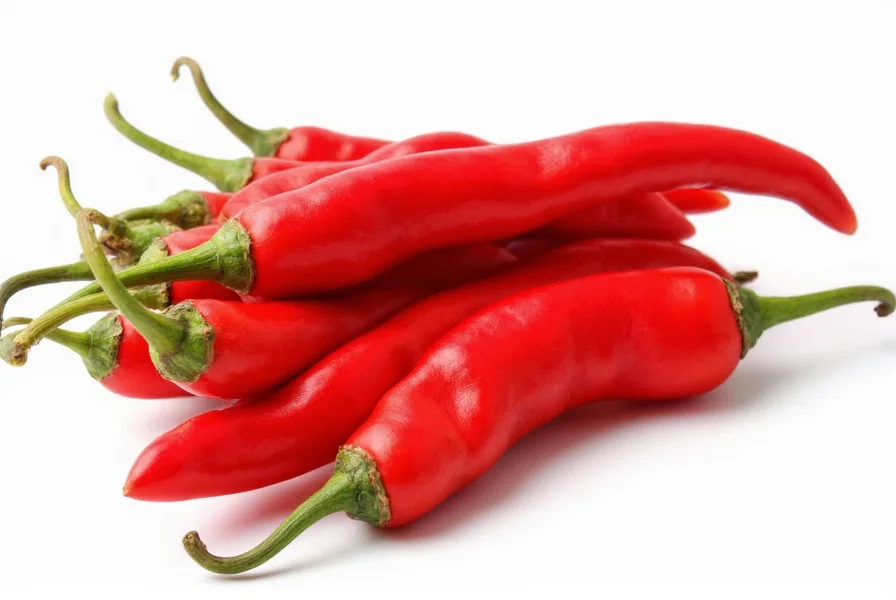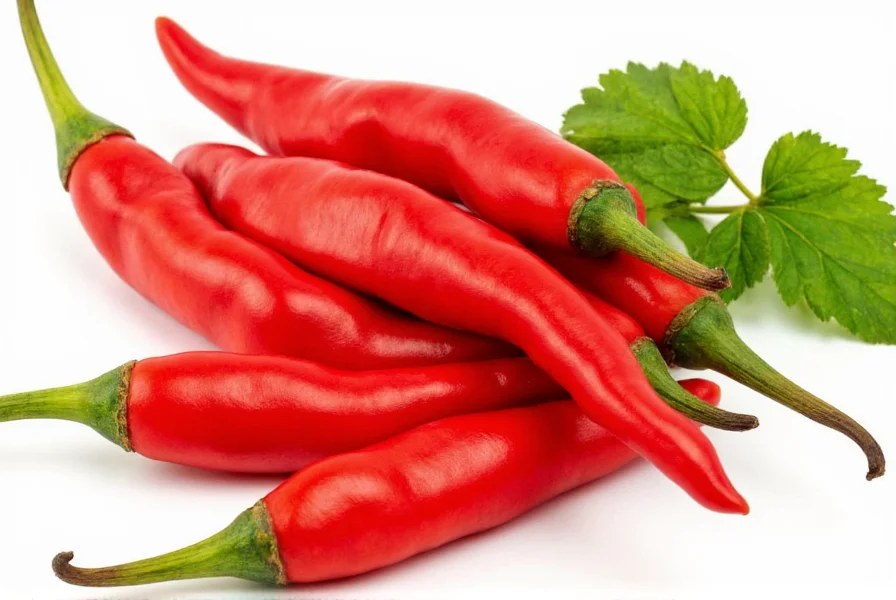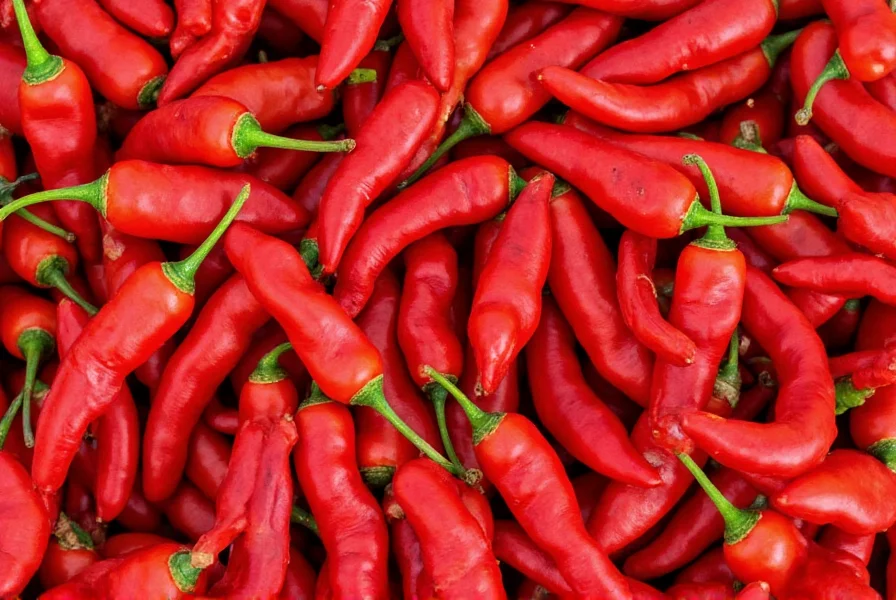When you choose organic cayenne pepper, you're selecting a spice that maintains the natural heat and nutritional profile of cayenne peppers while adhering to environmentally conscious farming methods. Unlike conventionally grown varieties, organic cayenne undergoes rigorous certification processes to verify its production meets specific ecological standards.
What Makes Cayenne Pepper "Organic"
The "organic" designation for cayenne pepper refers to how the peppers are grown and processed. Certified organic cayenne must meet these requirements:
| Organic Standard | Conventional Alternative |
|---|---|
| No synthetic pesticides or herbicides | Often treated with chemical pesticides |
| Natural soil fertility management | Synthetic fertilizers commonly used |
| No GMO seeds or inputs | GMO varieties may be used |
| Third-party certification verification | No mandatory verification process |
Look for official certification seals like USDA Organic, EU Organic, or Canada Organic to verify authenticity. These labels ensure the product contains at least 95% organic ingredients and has undergone regular inspections of farming practices.
Nutritional Profile and Active Compounds
Organic cayenne pepper's distinctive heat comes primarily from capsaicin, the compound responsible for both its pungency and many of its health benefits. A single tablespoon (5g) of organic cayenne typically provides:
- Approximately 17 calories
- 20% of the daily value for vitamin A
- 16% of the daily value for vitamin C
- Significant amounts of vitamin B6, potassium, and manganese
- 30-70,000 Scoville Heat Units (SHU) depending on variety
The capsaicin content in organic cayenne pepper ranges from 0.1% to 1.5%, with higher concentrations producing more intense heat. Research shows organic farming methods may influence capsaicin levels, though results vary based on specific growing conditions and pepper varieties.

Evidence-Based Health Benefits
Scientific research supports several health benefits associated with organic cayenne pepper consumption:
Pain Relief and Inflammation Reduction
Capsaicin in organic cayenne works by depleting substance P, a neuropeptide that transmits pain signals. Topical capsaicin creams (containing 0.025%-0.1% capsaicin) have received FDA approval for managing osteoarthritis and neuropathic pain. Dietary consumption may also provide anti-inflammatory effects through multiple biological pathways.
Metabolic Support
Studies indicate capsaicin may temporarily increase metabolic rate by 4-5% and enhance fat oxidation. Research published in the Journal of Nutritional Science and Vitaminology found regular capsaicin consumption correlated with reduced abdominal fat in human subjects. However, organic cayenne pepper for weight loss should be viewed as a complementary approach rather than a standalone solution.
Cardiovascular Health
Regular consumption of cayenne pepper shows potential cardiovascular benefits, including improved blood circulation and possible blood pressure regulation. A 2016 review in Antioxidants noted capsaicin's role in reducing oxidative stress, a key factor in heart disease development.
Culinary Applications of Organic Cayenne
Organic cayenne pepper brings distinctive heat and flavor to various dishes. Unlike regular cayenne, organic varieties often exhibit more complex flavor profiles due to soil quality and growing conditions.
Chefs recommend these techniques for using organic cayenne pepper effectively:
- Add during the last 5-10 minutes of cooking to preserve volatile compounds
- Pair with acidic ingredients like lemon or vinegar to balance heat
- Combine with complementary spices like cumin and smoked paprika
- Start with small amounts (1/8 teaspoon) and adjust to taste
For those exploring organic cayenne pepper recipes, it works particularly well in:
- Spicy tomato-based sauces and salsas
- Marinades for grilled meats and vegetables
- Homemade hot sauces and condiments
- Roasted vegetable seasonings
- Warming winter soups and stews
Selecting and Storing Organic Cayenne Pepper
When purchasing organic cayenne pepper, look for these quality indicators:
- Bright red color (dull appearance suggests age)
- Strong, clean aroma without mustiness
- Official organic certification seals
- Transparent packaging showing product quality
- Reputable brand with clear sourcing information
Proper storage maintains freshness and potency. Keep organic cayenne pepper in an airtight container away from light, heat, and moisture. Stored correctly, it retains optimal flavor and heat for 2-3 years, though peak quality occurs within the first year.

Safety Considerations and Potential Side Effects
While organic cayenne pepper is safe for most people in culinary amounts, consider these precautions:
- Start with small quantities if you're sensitive to spicy foods
- Avoid contact with eyes and sensitive skin when handling
- Consult your healthcare provider if taking blood thinners
- Discontinue use if experiencing gastrointestinal discomfort
- Do not apply undiluted to skin for pain relief without professional guidance
People with certain conditions should exercise caution:
- Those with GERD or ulcers may experience symptom exacerbation
- Individuals with inflammatory bowel conditions
- People scheduled for surgery within two weeks
- Those with known pepper allergies
Remember that organic cayenne pepper supplements contain concentrated capsaicin and require more caution than culinary use. Always follow recommended dosages and consult healthcare professionals when using for therapeutic purposes.
Frequently Asked Questions
What's the difference between organic and regular cayenne pepper?
Organic cayenne pepper is grown without synthetic pesticides, fertilizers, or GMOs and certified to meet specific organic standards. Regular cayenne may be treated with chemical pesticides and grown using conventional agricultural methods. The flavor profile of organic cayenne often shows more complexity due to soil quality and growing conditions.
Does organic cayenne pepper have more health benefits than regular?
The primary active compound (capsaicin) exists in similar concentrations in both organic and conventional cayenne. However, organic varieties may contain fewer pesticide residues and potentially higher levels of certain phytonutrients due to stress responses in the plants. The health benefits primarily come from the capsaicin content, which doesn't significantly differ between organic and conventional varieties.
How can I verify if cayenne pepper is truly organic?
Look for official certification seals from recognized organizations like USDA Organic, EU Organic, or Canada Organic. These require annual inspections and documentation of farming practices. Reputable brands provide transparent sourcing information and batch testing results. Avoid products with vague claims like "natural" or "pesticide-free" without proper certification.
Can I grow my own organic cayenne peppers at home?
Yes, growing organic cayenne peppers at home is straightforward. Start with certified organic seeds, use organic potting soil, avoid synthetic pesticides, and practice crop rotation. Homegrown cayenne requires 70-90 days to mature, full sun exposure, and consistent watering. Harvest when peppers turn bright red and feel firm to the touch.
Does organic cayenne pepper lose potency over time?
All cayenne pepper gradually loses potency as capsaicin degrades. Properly stored organic cayenne (in airtight container away from light and heat) maintains peak potency for 1-2 years. After this period, it remains safe to consume but may require slightly larger quantities to achieve the same heat level. The vibrant red color fading to orange indicates reduced potency.











 浙公网安备
33010002000092号
浙公网安备
33010002000092号 浙B2-20120091-4
浙B2-20120091-4